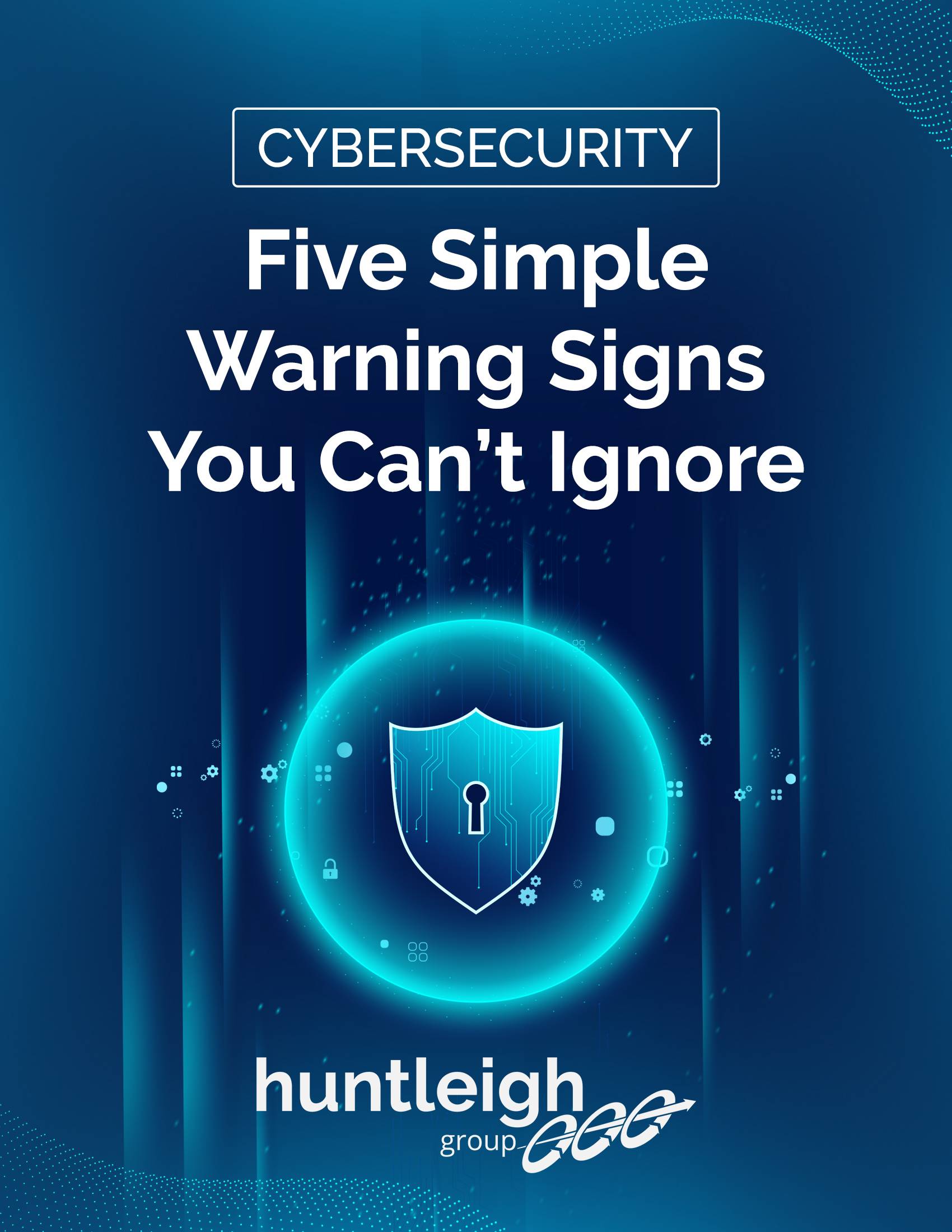In today’s digital age, cybersecurity is of paramount importance for organizations of all sizes and industries. Cyber threats are constantly evolving, and the consequences of a breach can be devastating. To effectively protect your organization’s sensitive information and assets, it’s crucial to conduct a cybersecurity risk assessment. This process helps you identify vulnerabilities, prioritize threats, and develop a comprehensive security strategy. In this article, we will provide a step-by-step guide to conducting a cybersecurity risk assessment and explore the advantages of doing so.
In our next blog we will delve into the step-by-step guide of conducting a Cybersecurity Risk Assessment, but let’s first take a look at the real advantages:
Identifying Vulnerabilities:
A risk assessment allows you to systematically identify vulnerabilities in your systems, processes, and infrastructure. This proactive approach enables you to address weaknesses before they are exploited by malicious actors.
Prioritizing Threats:
By assessing the likelihood and potential impact of various threats, you can prioritize your cybersecurity efforts. This ensures that you allocate resources to the most critical areas, enhancing your overall security posture.
Cost-Effective Resource Allocation:
Identifying and addressing high-priority risks through a risk assessment helps you allocate your cybersecurity budget more efficiently. It prevents unnecessary spending on low-impact risks while focusing on the most significant threats.
Regulatory Compliance:
Many industries and regions have specific cybersecurity regulations and compliance requirements. Conducting a risk assessment helps you ensure that your organization complies with these regulations, avoiding costly penalties and legal issues.
Protection of Reputation:
A data breach or security incident can severely damage your organization’s reputation. By identifying and mitigating risks, you reduce the likelihood of such incidents, protecting your brand and customer trust.
Enhanced Decision-Making:
A risk assessment provides valuable data for informed decision-making. It empowers senior management and executives with the information they need to make strategic cybersecurity decisions.
Incident Response Preparedness:
Understanding your organization’s vulnerabilities and risks is essential for effective incident response planning. A risk assessment helps you develop incident response procedures tailored to your specific threat landscape.
Customized Security Strategies:
Every organization has unique security needs. A risk assessment allows you to tailor your cybersecurity strategy to address the specific risks and challenges your organization faces.
Continuous Improvement:
Cyber threats are constantly evolving. Regular risk assessments ensure that your security measures evolve with them. This adaptability is crucial for staying one step ahead of cybercriminals.
Board and Stakeholder Confidence:
Transparent risk assessment processes and reporting instill confidence in your organization’s leadership and stakeholders, demonstrating your commitment to cybersecurity.
Conducting a cybersecurity risk assessment is not just a best practice; it’s a strategic imperative in today’s digital landscape. The advantages of this process extend far beyond merely identifying vulnerabilities; they encompass informed decision-making, resource optimization, regulatory compliance, and reputation protection. As noted at the outset, our next blog article will provide you with a step-by-step guide for conducting a risk assessment. Following this guidance will allow your organization to proactively manage and mitigate cyber risks, ultimately enhancing its security posture and resilience in the face of evolving threats.
If you would like to learn more, schedule a call with us @ Understanding Risk Assessments





